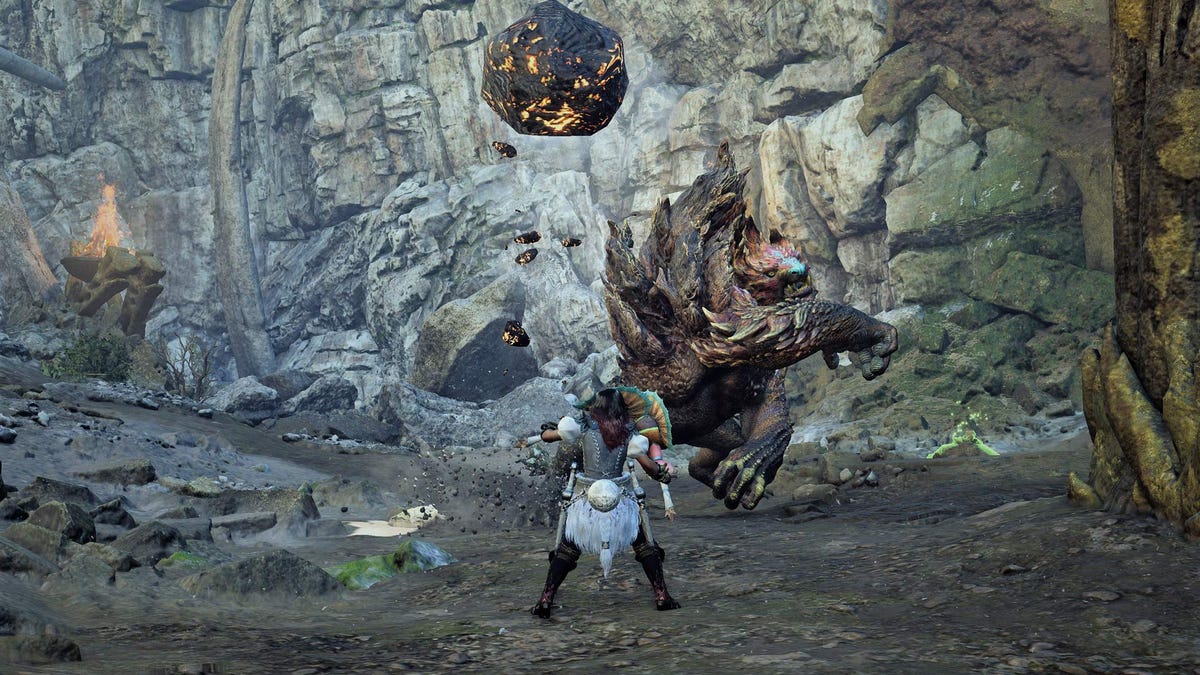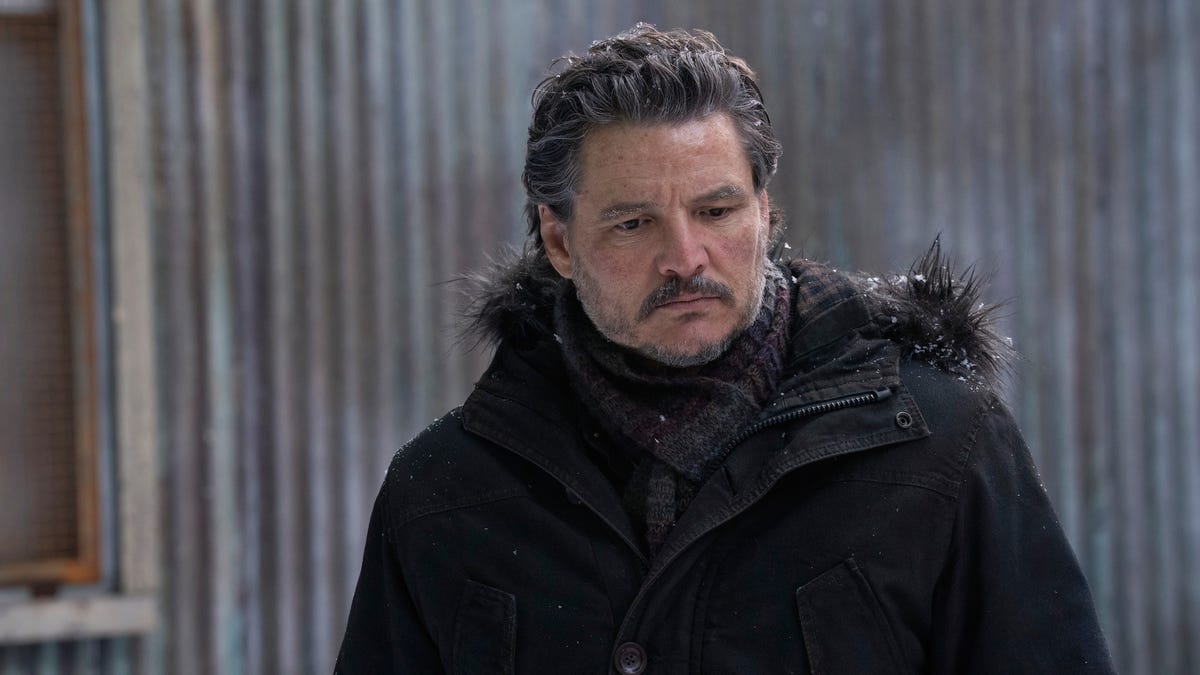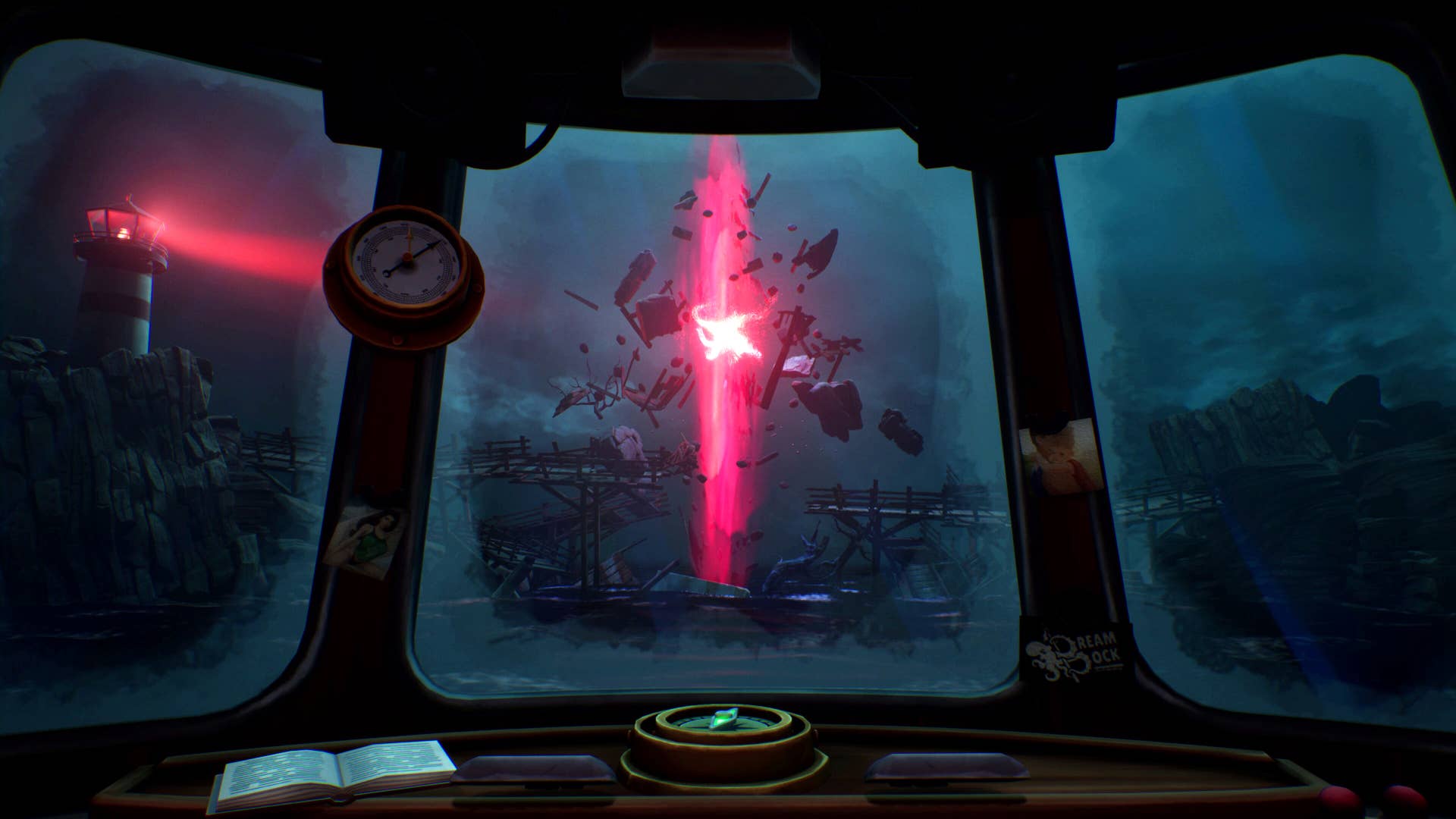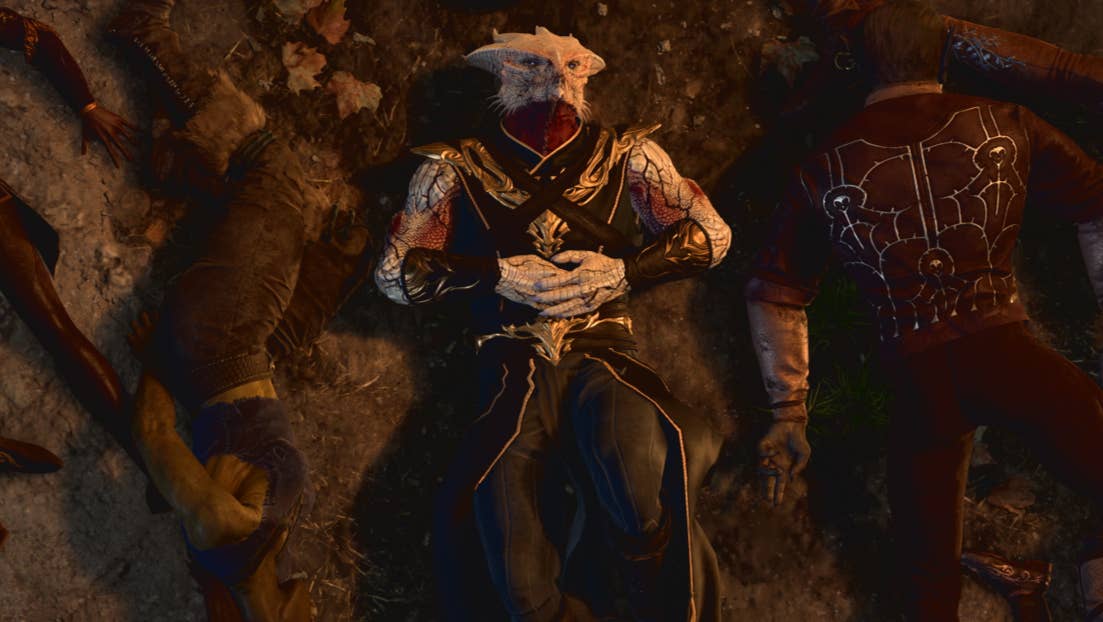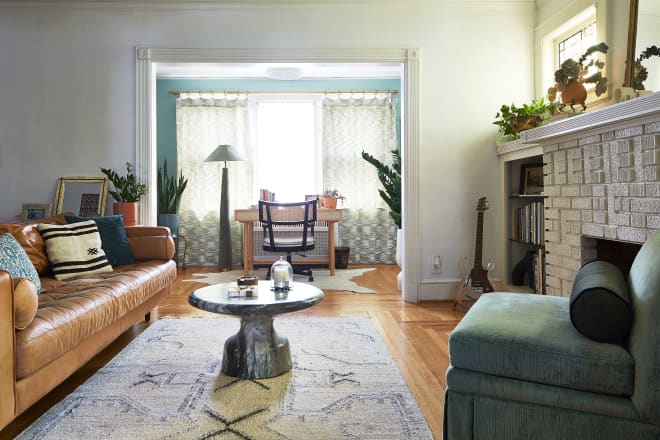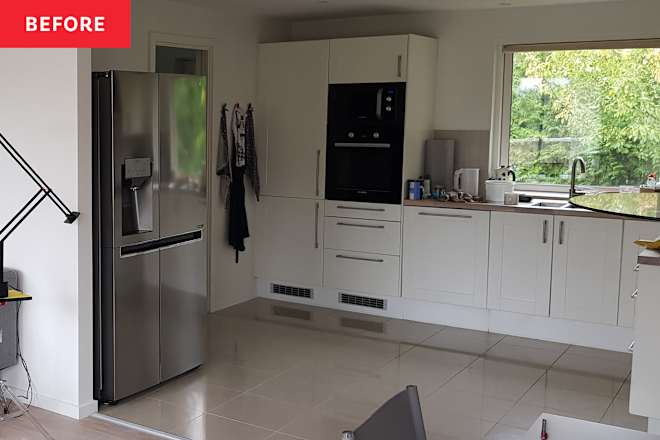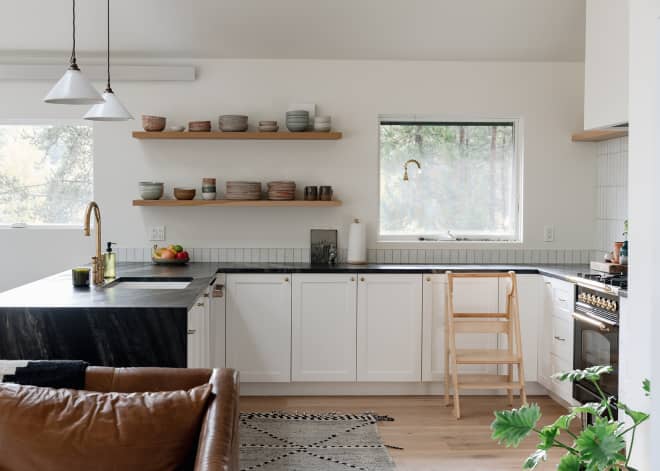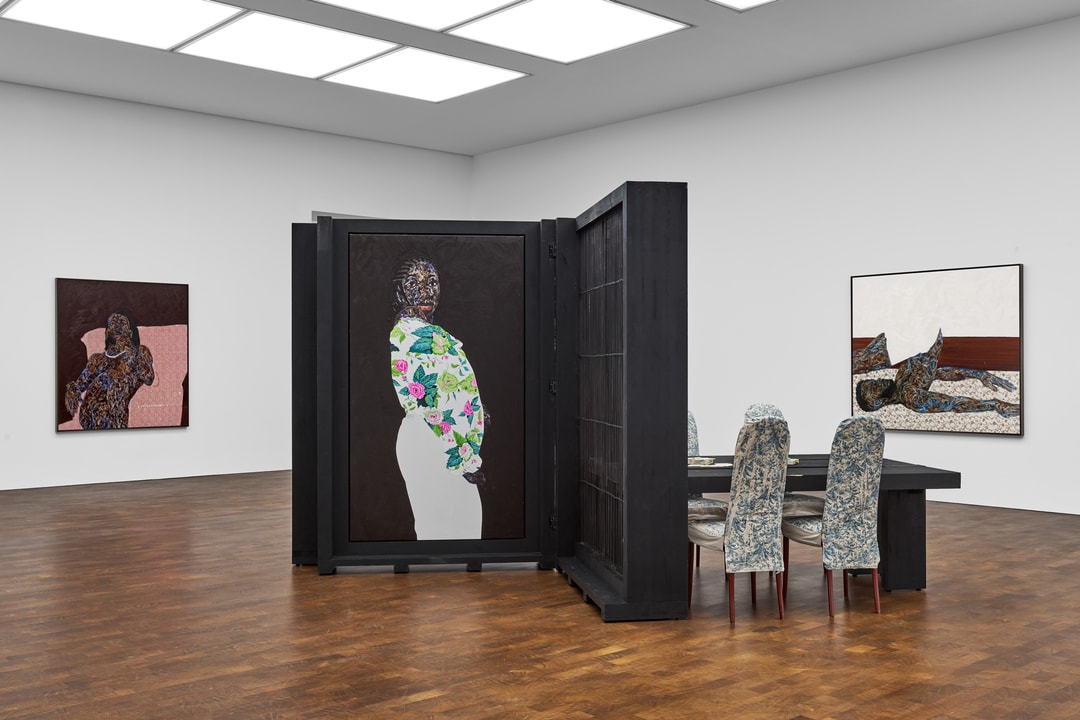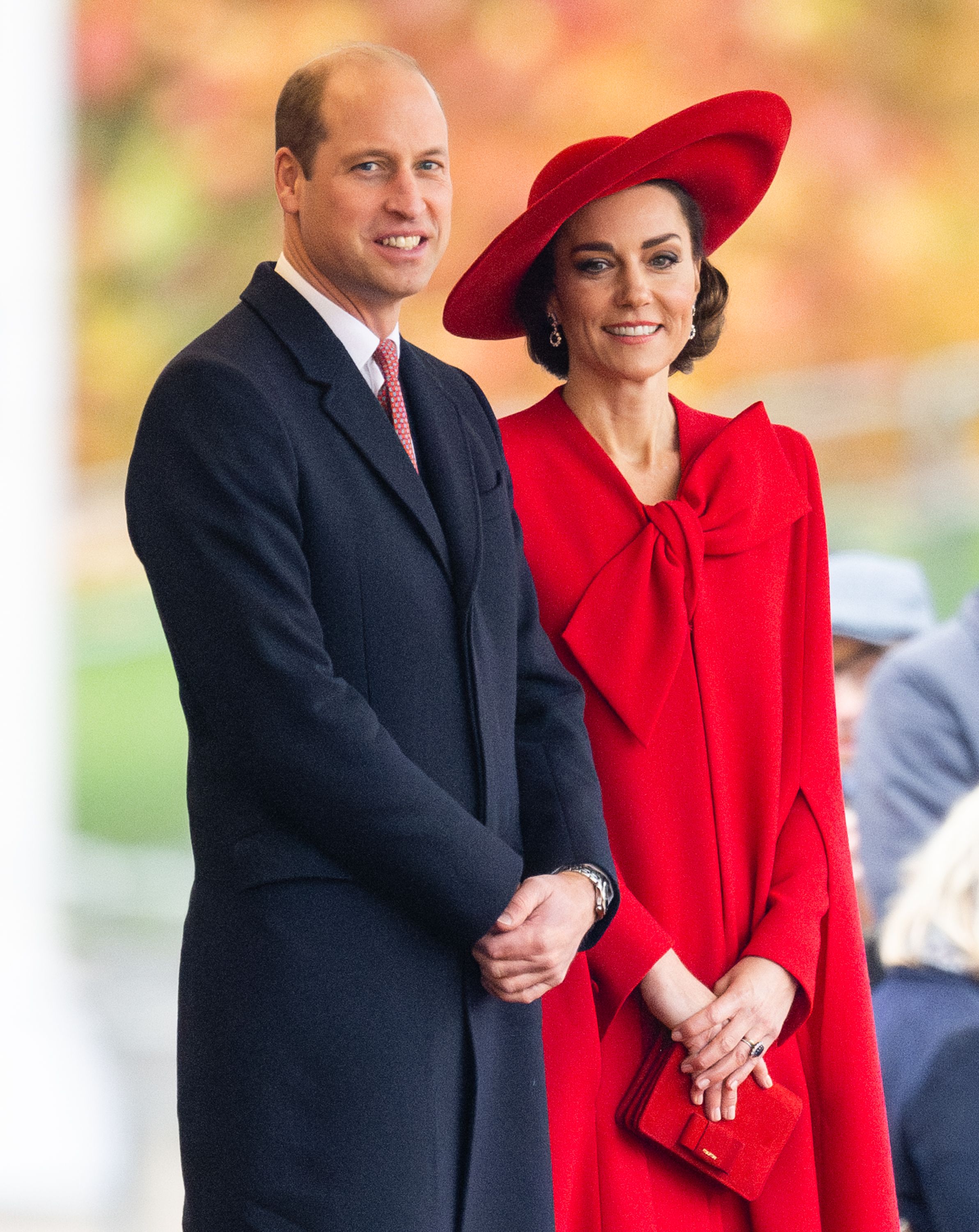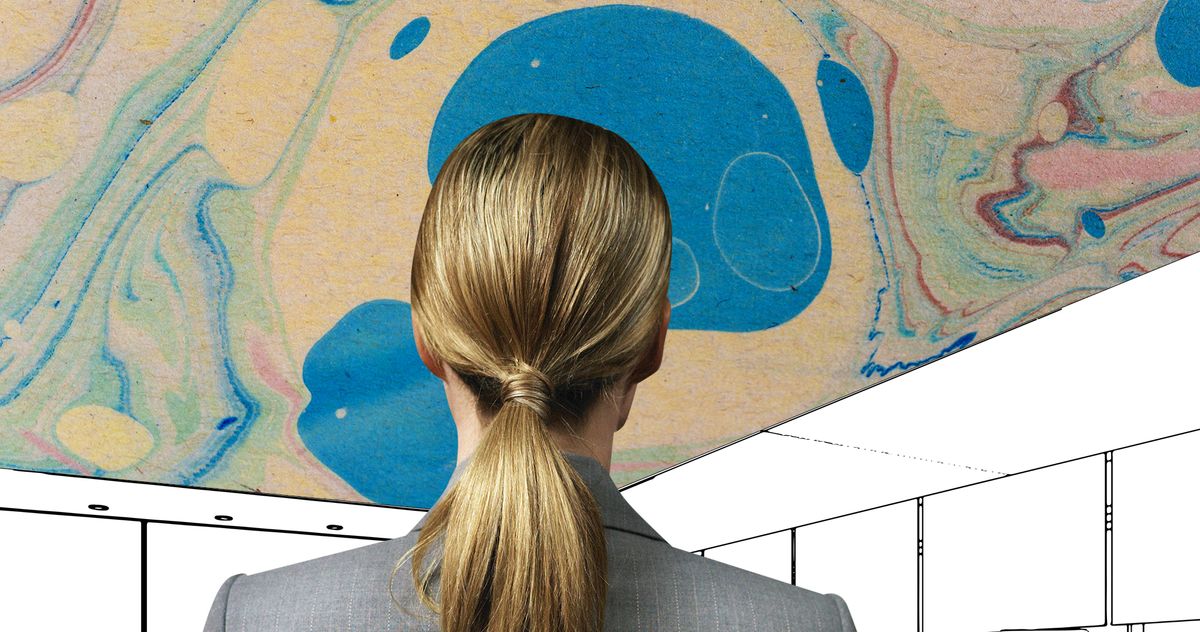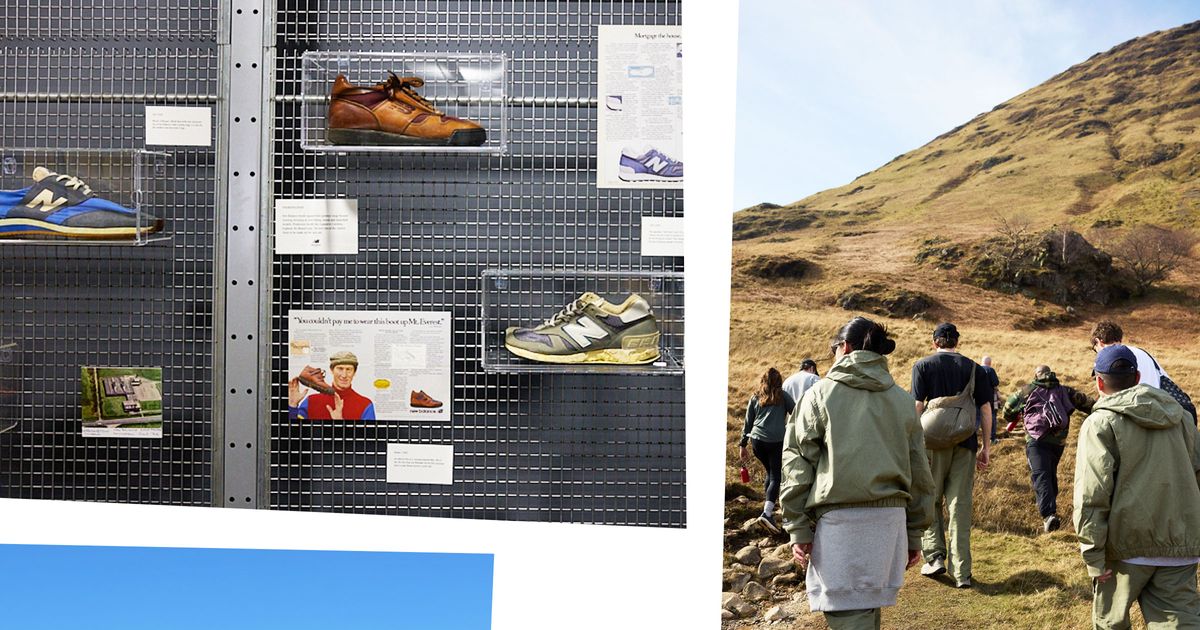The 18 best things to do in Valletta
Immerse yourself in Malta’s fascinating history, culture and cuisine with 18 of the best things to do in Valletta.

Malta’s pocket-sized capital is a 16th-century expression of Christian might, with tall townhouses towering over narrow streets. Named after the Grand Master when it was built, Jean Parisot de la Valette, this is a capital like no other. Its balcony-fronted townhouses, as tall as sea cliffs, perch on the Sceberras Peninsula, a frond of land between two glorious natural harbors. Badly bombed during WWII, it was restored and Valletta remained the center of government despite its declining population. It was only in recent decades that Valletta began to revive.
When UNESCO named Valletta a World Heritage site, it described it as “one of the most concentrated historic areas in the world.” Today, the city feels vibrant and alive, yet retains its local character. From learning about the city’s trials and revival to partaking in local life and customs, these best things to do in Valletta unveil the fascinating story of Malta’s capital.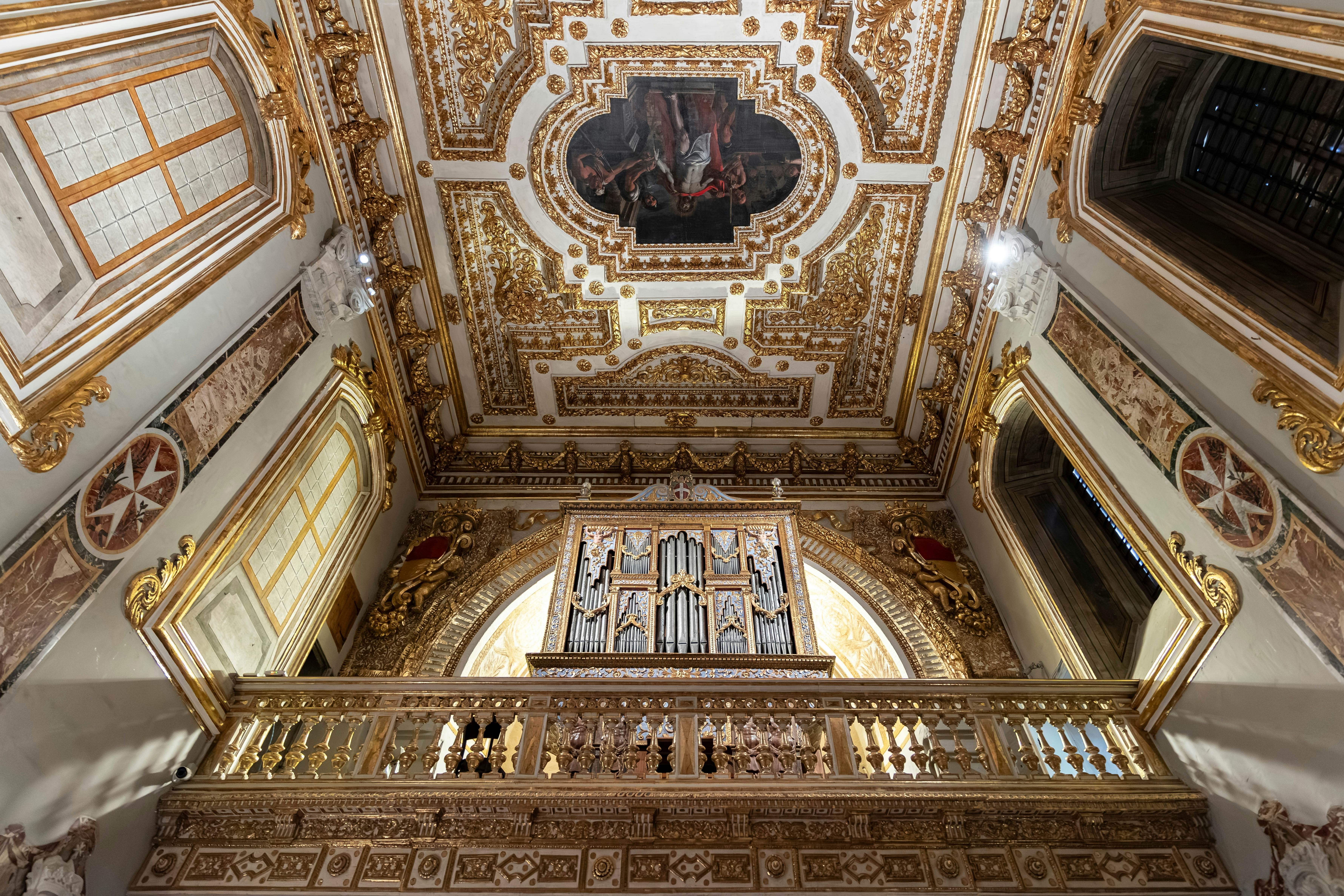
1. Tour baroque chapels at St John’s Co-Cathedral
The plain, fortress-like exterior of St John’s Co-Cathedral gives no hint of what lies within. It’s full-throttle baroque, with its mind-boggling interior the result of a 17th-century revamp. Designed by architect Gerolamo Cassar, the original church was built between 1573 and 1578 as the place where the Knights would gather for communal worship. The nave is long and low and every wall, pillar and rib is encrusted with rich ornamentation, giving the effect of a dusty gold brocade. There are eight chapels allocated to the various langues (divisions, based on nationality). You should allow plenty of time to explore and get the most out of the detailed audio guide. For the best view of the interior, take the narrow stairs up to the balcony at the back of the cathedral.
Don’t miss the Mattia Preti altarpieces and monuments in several of the chapels, including monuments to the Grand Masters António Manoel de Vilhena and Manuel Pinto de Fonseca in the Chapel of Castille, Leon and Portugal. Preti’s paintings of St John decorate the vaulted ceiling of the Anglo-Bavarian Chapel, also known as the Chapel of Relics, which guards a wooden figure of St John, said to be from the galley in which the Knights departed Rhodes in 1523. The altar is dominated by the Baptism of Christ by Giuseppe Mazzuoli. More of Preti’s works can be found in the Chapel of France and the Chapel of Italy.
The Chapel of Germany’s frenzy of gilding is another must-see. Gold coins (mainly Dutch florins) were melted down and applied to the Globigerina Limestone of the cathedral. Another site not to miss is Caravaggio’s Beheading of John the Baptist, located in the oratory. His largest-ever painting (and the only one he signed) is dark and gloomy, and its casual realism is shocking.
Planning tip: Visitors should dress appropriately for a house of worship. Wraps are provided to cover bare arms and shoulders and appropriate footwear is expected.
2. Journey into prehistory at the National Museum of Archaeology
Valletta’s National Museum of Archaeology contains Malta’s richest archaeological pickings, displayed in the former headquarters of the Provence langue, built in 1571. The slightly dilapidated, beautifully frescoed building houses a remarkable collection, beginning with relics from the Neolithic Għar Dalam cave era, including delicate stone tools dating from 5200 BCE. Most thrilling are the beautifully modeled prehistoric figurines, including the monumental yet miniature Sleeping Lady, found at the Hal Saflieni Hypogeum, which is around 5000 years old. Other highlights include stones from Tarxien with dimpled decoration, an amazing temple model from Ta’Ħaġrat and a Phoenician gallery with pottery artifacts and amulets.
Planning tip: To explore other examples of Malta’s prehistory, including the archaeological sites of Ħaġar Qim and Mnajdra, and Gozo’s Ġgantija Temples, consider buying a Heritage Malta Multi-site Pass.
3. Walk through the City Gate
Visitors to Valletta flow in and out of the City Gate, which has the dimensions of the original 1633 entrance, rather than the 1960s version that it replaced. It feels more like crossing a drawbridge than passing through a gate. The architecture is pared down and stark, and the gate is framed by a pair of metal blades, each 25m (82ft) high, designed to look like knights’ sabers. Inside the gate, a pair of wide, gently sloping flights of steps, inspired by the stairs that framed the original gate, link the bastions of St James’ Cavalier and St John’s Cavalier to the lower-level Republic Street. Looking back up Republic St, you’ll notice the City Gate forms a distinct ‘V’ shape (for Valletta).
4. Discover more of Renzo Piano’s spectacular architecture
Just beyond the City Gate, Renzo Piano’s Parliament Building is an arresting sight, with two massive volumes of stone that look suspended in air, but are supported by stilts. The blocks have been machine-cut to lighten their appearance, while reducing solar radiation and letting in daylight. The third element of Piano’s design is Valletta’s Royal Opera House, around 100m (328ft) from the City Gate. Built in the 1860s, the once imperious Opera House was destroyed during an air raid in 1942.
Planning tip: Pjazza Teatru Rjal hosts popular performances amid the poignant and skeletal shell of the Royal Opera House ranging from the Beatles to the blues. The theater is also the flagship venue for the Valletta Film Festival held in June. 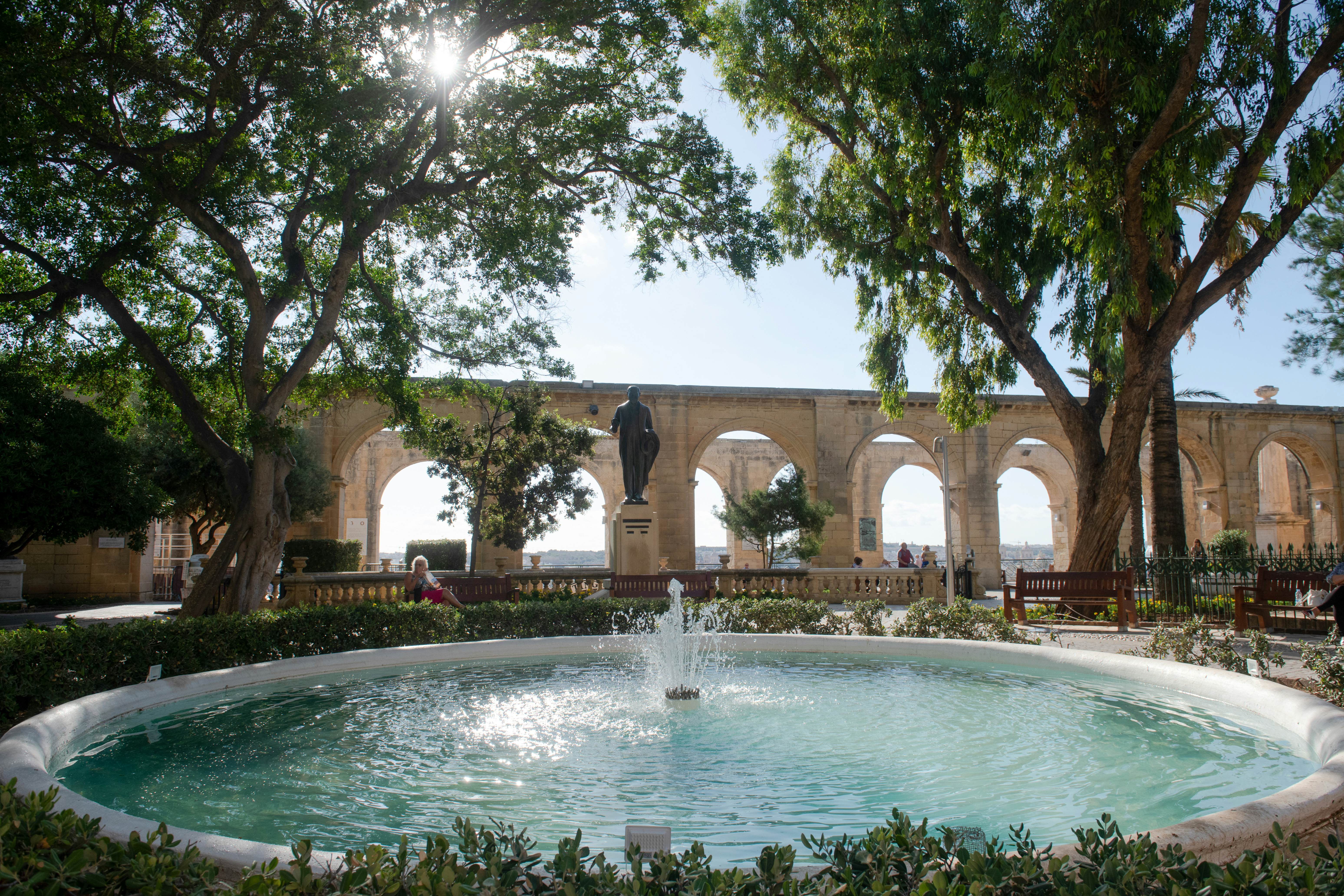
5. See stunning vistas at Upper Barrakka Gardens
There are top-of-the-world Grand Harbor views from this colonnaded haven. The Upper Barrakka Gardens were opened to the public in 1824, but suffered intense damage during WWII. You can visit the Saluting Battery on the terrace below, where a cannon once fired salutes to visiting naval vessels. The guns are still fired with much ceremony by attendants in traditional uniform at noon and 4pm.
Planning tip: In mid-August, the gardens host the annual Delicata Classic Wine Festival.
6. Learn about Valletta’s WWII history
A ventilated underground tunnel complex lying 40m (131ft) beneath the Upper Barrakka Gardens, the Lascaris War Rooms housed Britain’s top-secret command in Malta during WWII from mid-1943 and remained in use until 1977. Now restored, the rooms are laid out as they would have been, are staffed by waxwork figures, and provide fascinating behind-the-scenes insights. Note: there are many steps as the guided tours go downstairs.
Stairs also lead from the gardens to the War HQ Tunnels, another rock-hewn complex which was the Combined Headquarters for Britain’s three fighting services between August 1940 and May 1943 before being superseded by the opening of the Lascaris War Rooms. Most fascinating are the anti-aircraft gun operation rooms and the Royal Air Force’s fighter operations’ rooms detailing the Allied defenses around Malta and Gozo.
Planning tip: Individual tickets are available for both guided tours, but a combined ticket covering seven different WWII heritage sites around Valletta and the Three Cities is also available. This includes the excellent Malta at War Museum in Vittoriosa.
7. Find these secret gardens
Everyone goes to Upper Barrakka Gardens, but far fewer know about Lower Barrakka Gardens at the other end of the city. This harborfront park contains a Doric temple commemorating Sir Alexander Ball, the British naval captain who successfully captured Malta from the French in 1800. Visit for glorious harbor views at sunset. Around 500m (1640ft) away along Triq San Duminku is the somewhat hidden Valletta Design Cluster roof garden, a 495-sq meter (5328 sq ft) escape atop an abattoir that has been converted into studios, workshops and exhibition spaces.
8. Go underground at St Catherine’s Monastery
Just 130m (426ft) back along Triq San Duminku from Valletta Design Cluster you’ll find the 400 year old St Catherine’s Monastery. Reopened in 2023, the monastery frames a verdant central garden. Book a 45-minute audio tour to explore. Highlights include Mysterium Fidei, an underground complex of subterranean cloisters. Augustinian nuns still live on the upper floors of the monastery.
9. Trace history at Fort St Elmo & the National War Museum
The great Fort St Elmo & National War Museum occupies the tip of the Sciberras Peninsula. It was named after the patron saint of mariners, and built by the Knights in 1552 in just four months. Later expanded by the British, the fort has fabulous harbor views. The National War Museum is on the 1st floor and it vividly evokes the Great Siege with a multimedia installation explaining all the action. Other displays showcase the struggle to get supplies through to the islands under German bombardment in WWII. The courtyard outside the entrance to the fort is studded with the lids of underground granaries. You can visit the parade ground and the 1559 chapel where Knights fought to the death during the siege trying to protect the altar, as well as the later 1729 church.
Planning tip: The military pageant In Guardia takes place here between October and June.
10. See art and heritage maps at MUŻA
The National Museum of Art (Muźew Nazzjonali tal-Arti), or MUŻA for short, is housed in a grand 17th-century edifice, the Auberge d’Italie, which used to host the Italian Knights of Malta. Highlights of the stunning space include early maps and works from local artists, as well as those like Victor Pasmore, who moved to Malta to work, and Mattia Preti, including the painting he presented as a sample to the Knights when seeking their patronage. The museum also includes inlaid furniture of Maltese high society and an excellent restaurant in the inner courtyard.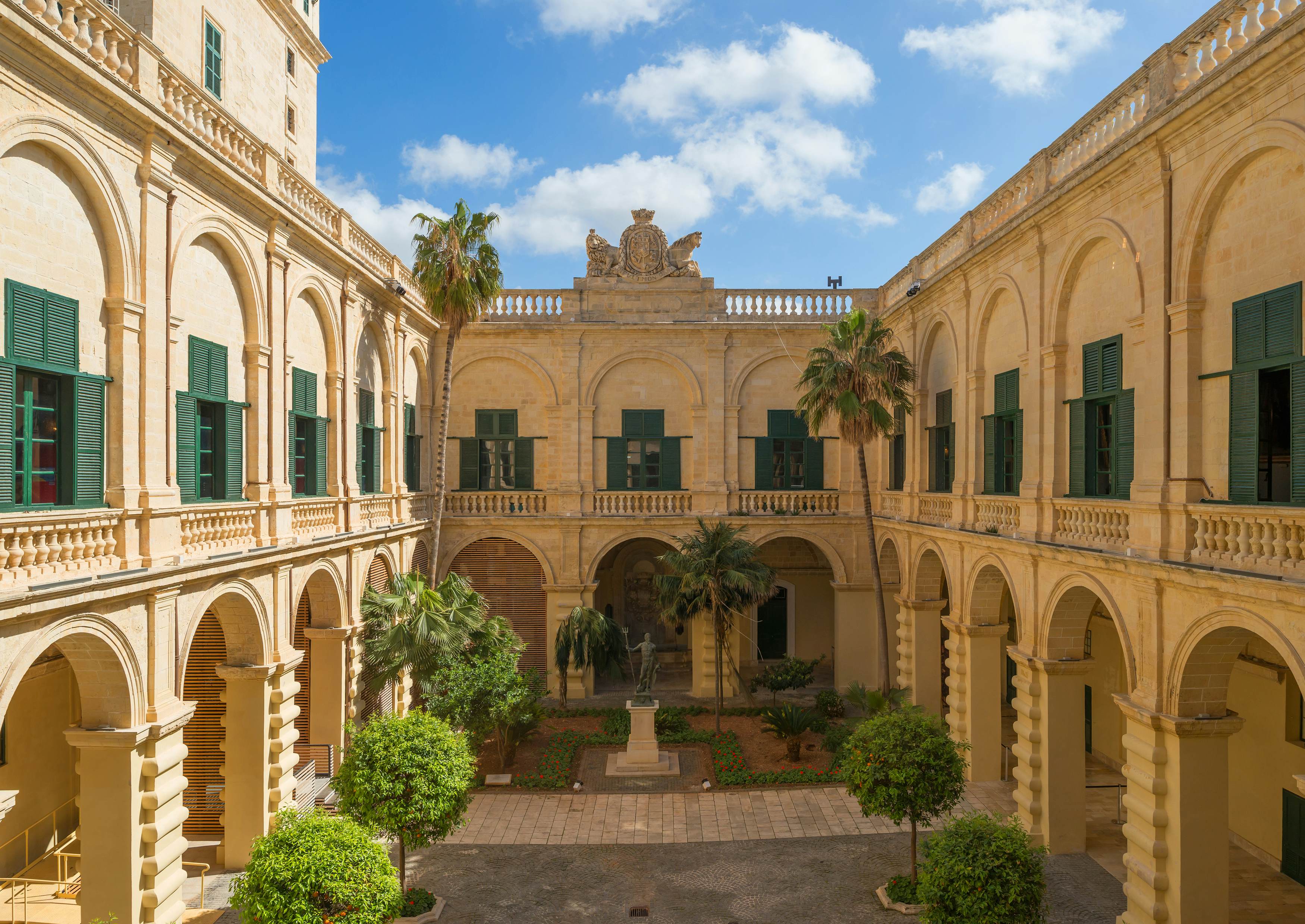
11. Step inside the corridors of power at Grand Master’s Palace
One of the most visited sites in the capital of Malta, the Grand Master’s Palace welcomes approximately 300,000 visitors annually to explore its stately halls. The building that now dominates St George’s Square was the first constructed by the Knights of St John at the city’s founding, then served as the Governor’s Palace during the British period. In 1921, it became the seat of Malta’s first constitutional parliament, and is now the office of the President of Malta.
Newly reopened in 2024 following renovations, visitors may now access over 85% of the grounds, including the Piano Nobile corridors and the restored Grand Master’s Study and the Throne Room. Distinguished collections depict Malta’s turbulent history with visual narratives of the Great Siege of 1565 painted by Matteo Perez d’Aleccio and the restored armory collection.
Detour: A short walk from the Grand Master’s Palace is the Teatru Manoel (Manoel Theater), one of Europe’s oldest theaters, built in 1731. Book ahead for guided tours.
12. Pop by these eclectic museums
Sandwiched between a pub and some restaurants on Triq l-Arċisqof is the surprisingly absorbing Malta Postal Museum & Gallery, which includes the fascinating story of the postal system of the Knights of St John, and often shows heritage and contemporary photographic exhibitions. A few minutes’ walk away and you’re at Valletta Contemporary on Triq il-Levant, a modern gallery in a 400-year-old warehouse, with exhibitions by local and international artists.
13. Visit a 16th-century private mansion
Visit the glorious 16th-century palazzo Casa Rocca Piccola to gain an insight into Maltese aristocratic life, with beautiful interiors and painted antique furniture. It’s the family home of the 9th Marquis de Piro, who still lives here and may even show you around. He has opened part of the palazzo to the public, and you’ll see beautiful antiques, the family parrot and WWII air-raid shelters, which lie 30m (98ft) underground. Options include a guided tour or independent exploration with an app-based audio tour.
Planning tip: You can stay overnight at the Casa Rocca Piccola B&B in one of the palazzo’s five super-romantic rooms, each with a unique theme.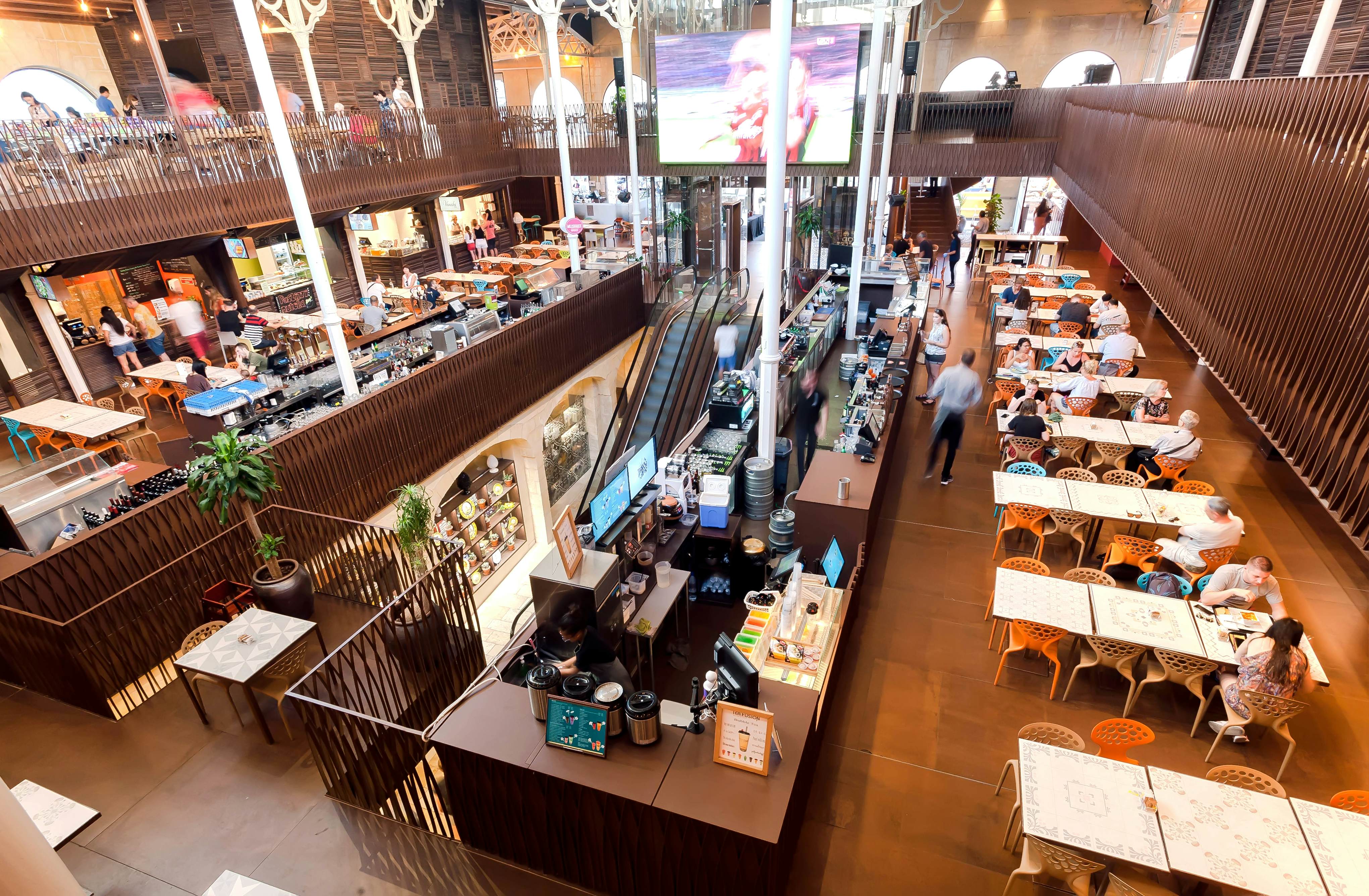
14. Take your pick of cuisines at Is-Suq Tal-Belt
Inspired by Covent Garden in London and Les Halles Centrale in Paris, the wrought-iron-framed Is-Suq Tal-Belt (City Market) opened in 1861 as Valletta’s main public market with 150 stall holders selling fresh produce. After being bombed in WWII, the market underwent a decline in importance and turnover until it was barely viable. As part of Valletta’s regeneration in 2018, the market was restored and revitalized.
Visit to take in the heritage architecture, dine at more than 15 international food stalls, or shop at the downstairs Arkadia supermarket if you’re self-catering, Valletta-style. The Malta Artisan Markets are occasionally held upstairs: check online for dates.
Planning tip: At the food court inside the market, you’ll find a stall to satisfy almost any craving, from Filipino and Vietnamese to sushi and tacos in addition to Maltese street food.
15. Hit the infamous Strait Street nightlife
Only 4m (13ft) wide and 660m (2165ft) long, Strait St is one of the narrowest thoroughfares running through the city. Built by the Knights of St John, it was the only place where dueling was permitted, and later became the notorious haunt of British sailors on shore leave, nicknamed “the Gut” by members of the Royal Navy.
As locals quit Valletta post-WWII and the British navy left in 1979, Strait St became a shadow of its former self. Only in the last 15 years has it been revived, and it’s now once again the hub of Valletta nightlife. Popular hot spots include the retro Tico Tico, one of the street’s longest-running bars, and N Bistrot, a basement dining room with Tokyo vibes. Nearby is the spirited Ginscal for mezcal and a Mexican vibe. Go exploring and see what appeals.
Planning tip: Check out Strada Stretta on Facebook for details of art, music and cultural events happening along Strait St.
16. Soak up Valletta’s cafe culture
Fuel up for a day of exploring Malta’s capital with freshly-brewed coffee or tea and local snacks. Start your day sipping coffee with harbor views at Lot Sixty One or Coffee Circus Lisboa. Caffe Cordina in the heart of Valletta is a historic cafe with a stucco facade, gourmet confections and excellent people-watching. For an afternoon snack, be sure to grab a pastizz (or several), a small parcel of flaky pastry, often eaten as a snack any time of day.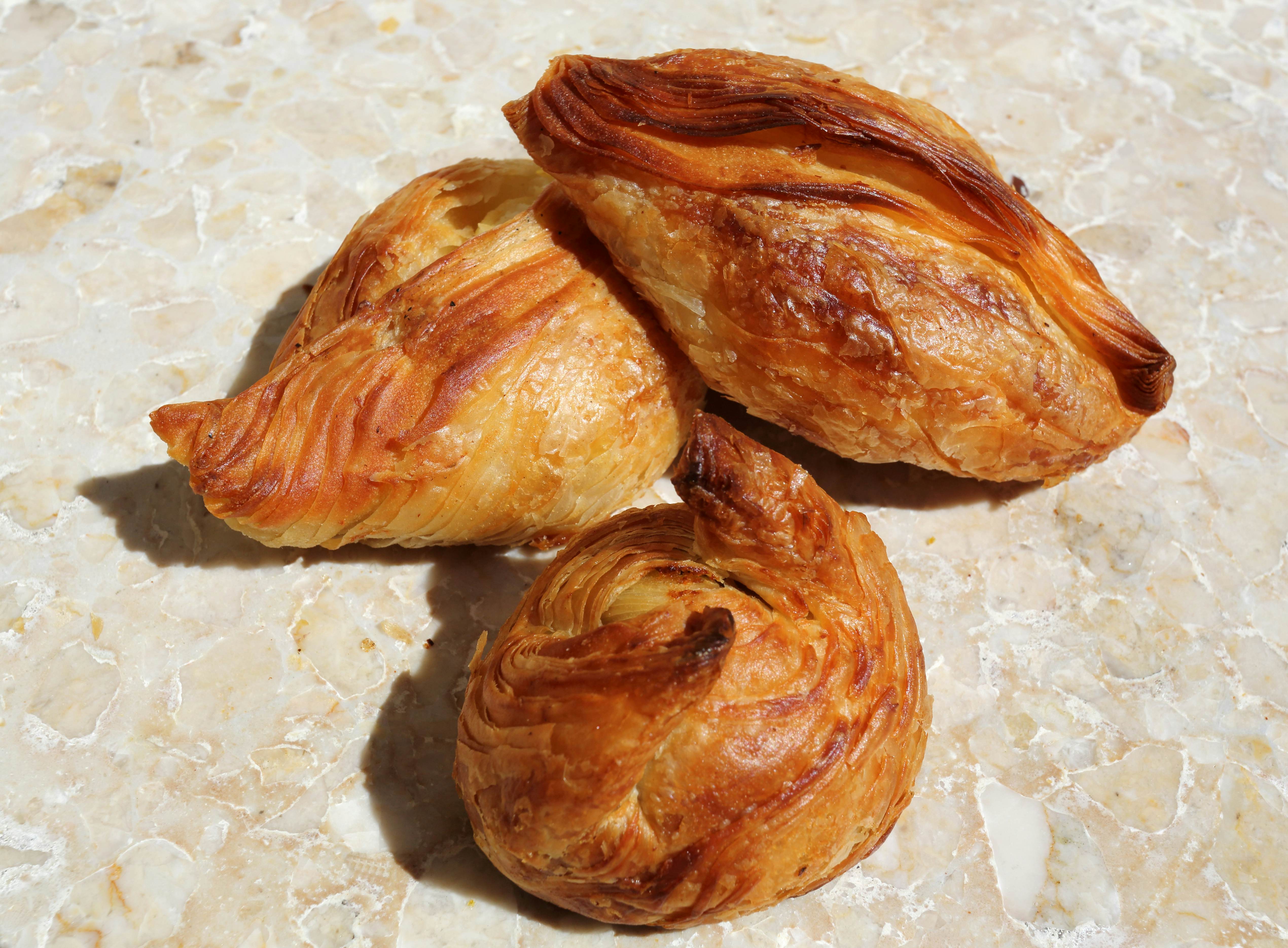
17. Taste traditional Maltese cuisine
Maltese cuisine is a melting pot of flavors and influences with nods to Italian, North African, Mediterranean and British gastronomies. Although there are Michelin-starred restaurants here and plenty of international cuisine, Maltese foodie traditions still hold strong. For a country that’s so close to the water, it’s somewhat counterintuitive that the national dish is fenek (rabbit). You’ll find it fried in olive oil, roasted, stewed, served with spaghetti or baked in a pie.
Of course, seafood plays a prominent role in the local cuisine, as do neighborhood bakeries selling Maltese bread like crusty ħobż, made in a similar manner to sourdough bread, or ftira, the flatter option that’s ideal for sandwiches, usually filled with a mix of tuna, olives, capers and onions. Head to King’s Own Band Club to explore traditional Maltese dishes, including aljotta (fish soup) and stuffat tal-fenek (rabbit stew) amid lovely heritage interiors.
Planning tip: Those interested in fine dining might reserve a table at Noni, where Chef Jonathan Brincat’s Michelin-starred menus could include fusion surprises like Muscovy duck with black sesame.
18. Sample craft beers and cocktails
As the sun goes down, Valletta’s bars, breweries and performance venues come to life. Craft beer is making its way into cozy bistros and crowded bars. At Ġugar Hangout & Bar, you can down a glass of Stretta from a local craft-brewery named after Valletta’s most lively laneway Strait Street, or try Cisk lager, a national favorite. Ġugar’s is also a great place for vegan and vegetarian snacks. 67 Kapitali pours tap beers from Gozo’s Lord Chambray Brewery along with a concise selection of decent Euro and international drops.
Those who prefer a little cocktail action should try the creative concoctions at Kamy and 33 Steps or dance the night away at Cafe Society, a popular bar featuring regular DJ sets and outdoor seating with brilliant Three Cities and harbor views. Wind down at Bridge Bar with a harborside combo of cocktails and live jazz on a Friday night.
This article was adapted from the Malta & Gozo guidebook published in February 2025.



















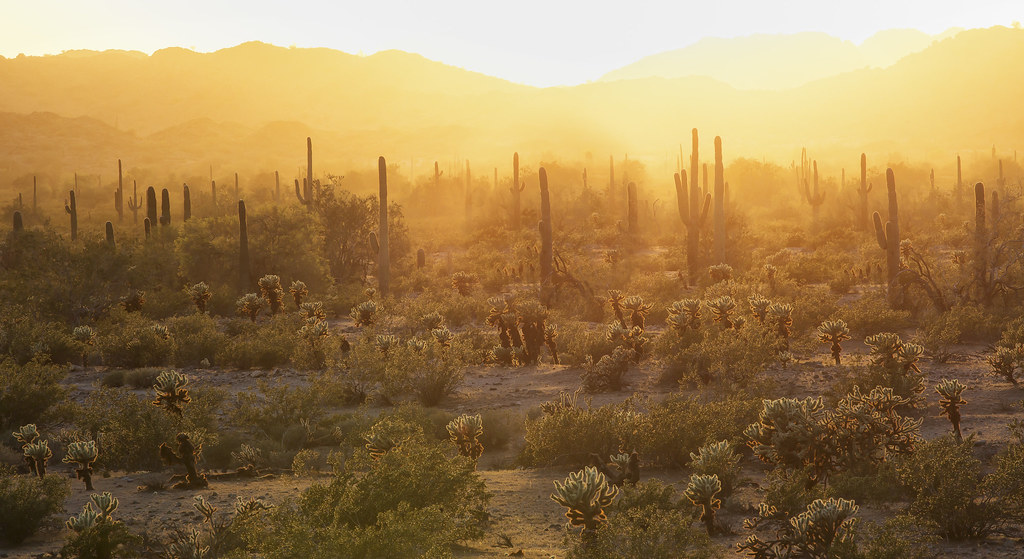


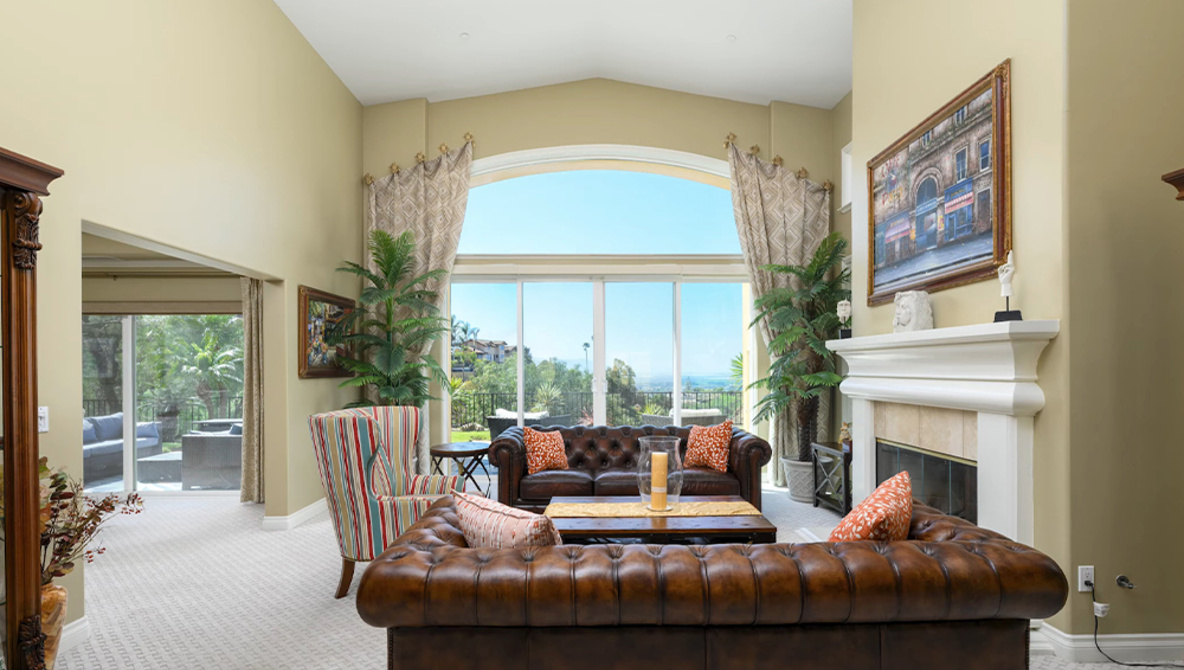



























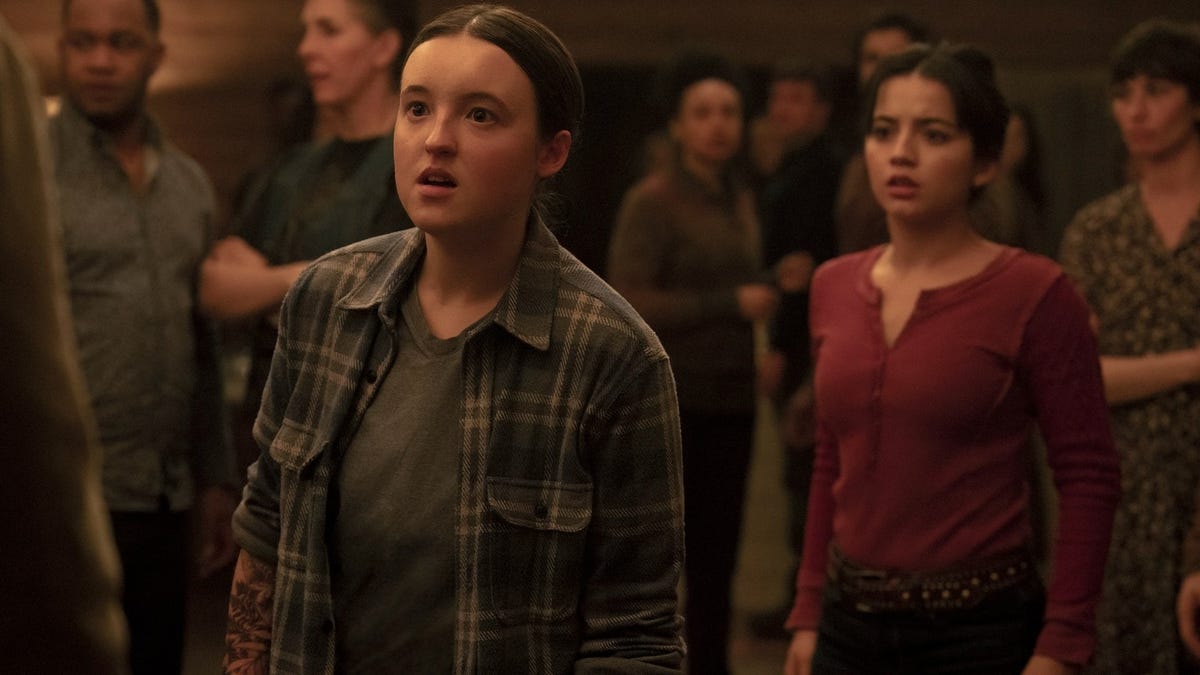










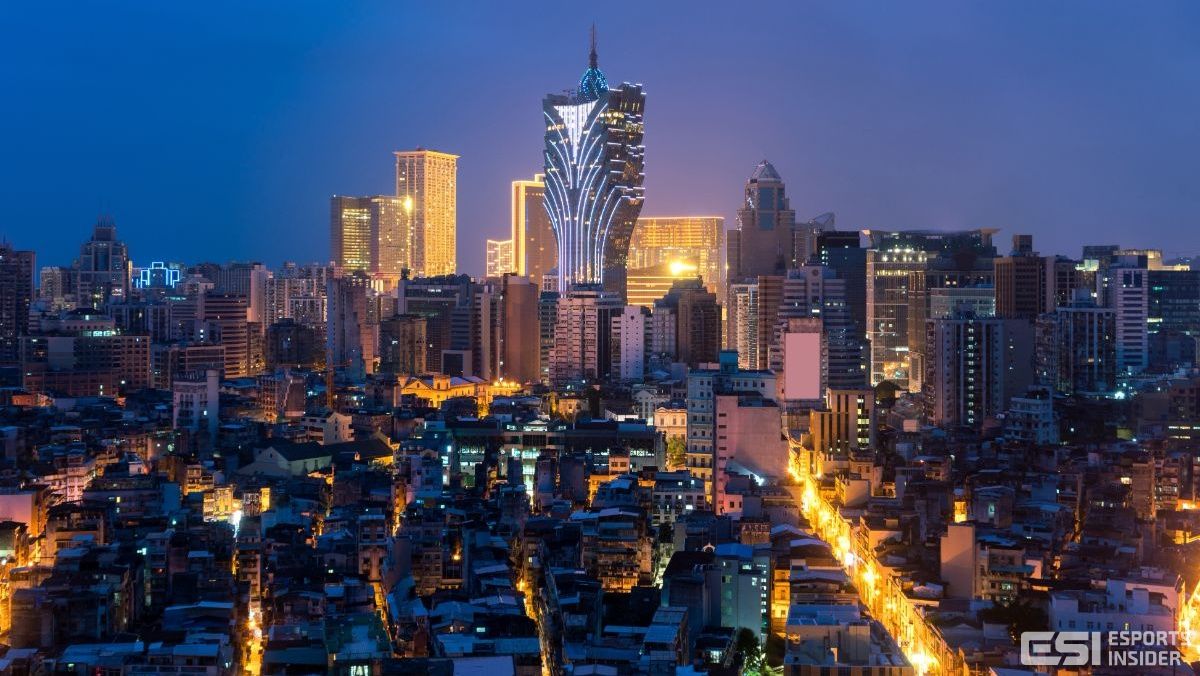



-Baldur’s-Gate-3-The-Final-Patch---An-Animated-Short-00-03-43.png?width=1920&height=1920&fit=bounds&quality=70&format=jpg&auto=webp#)












